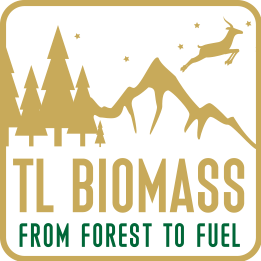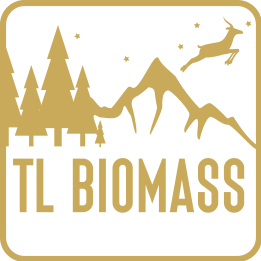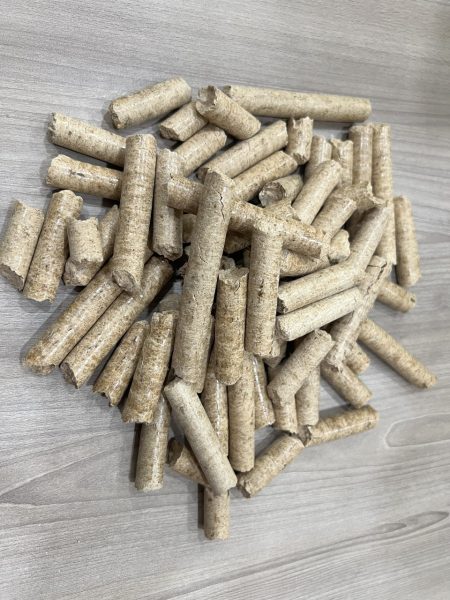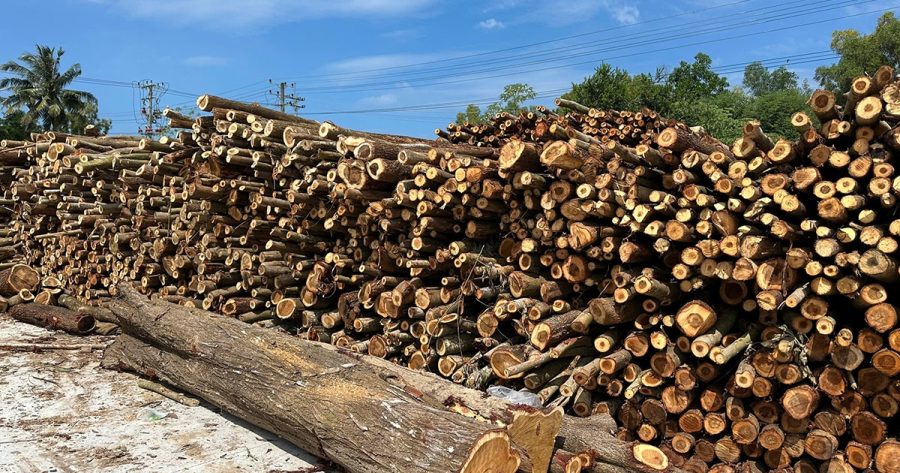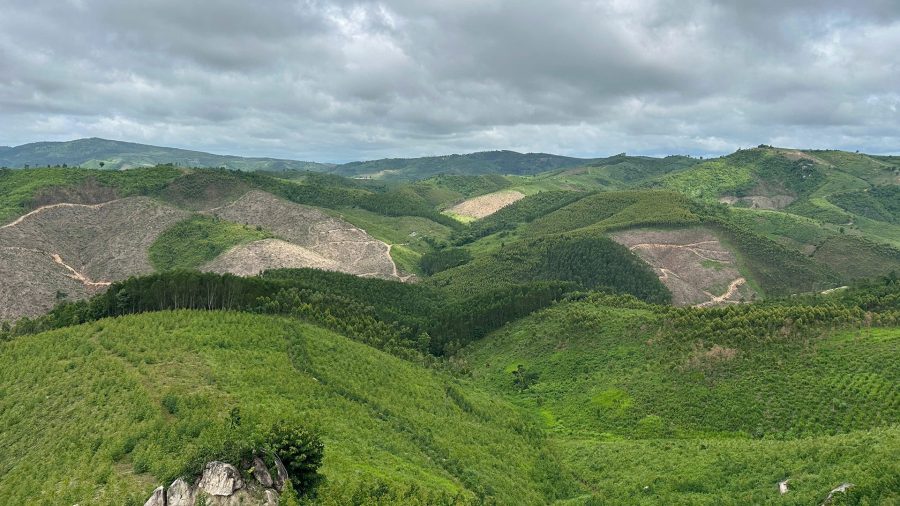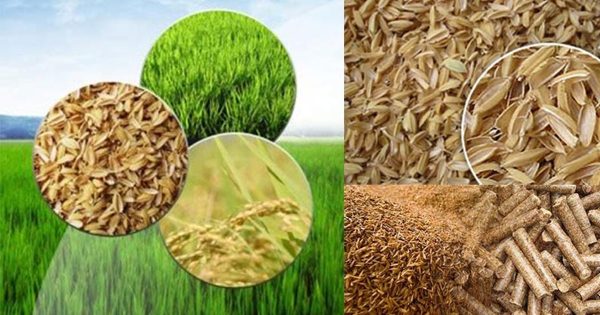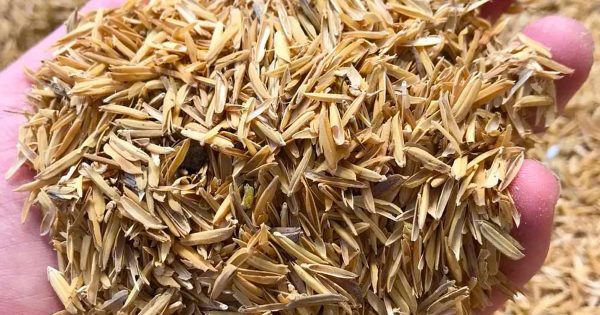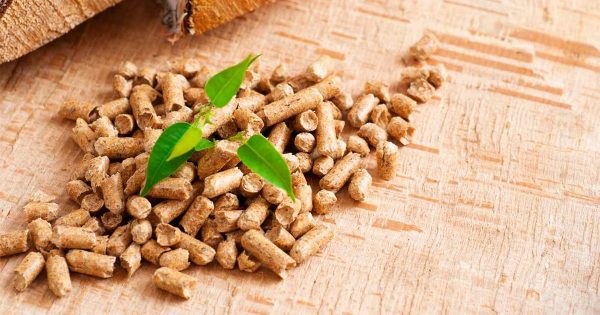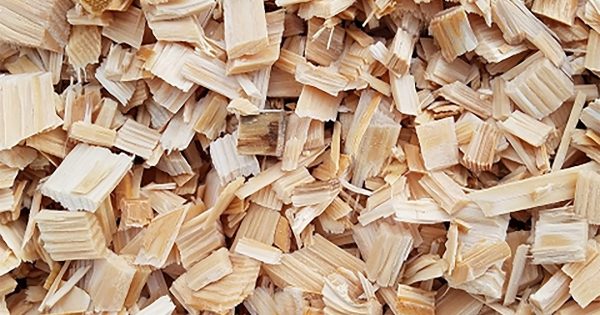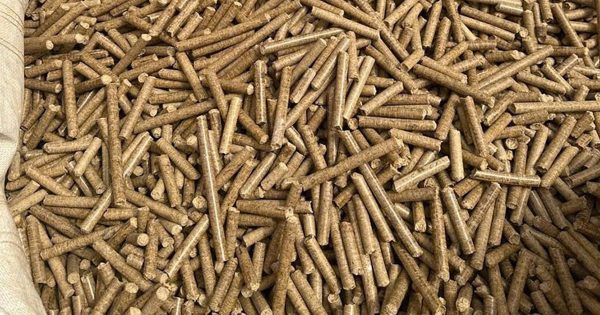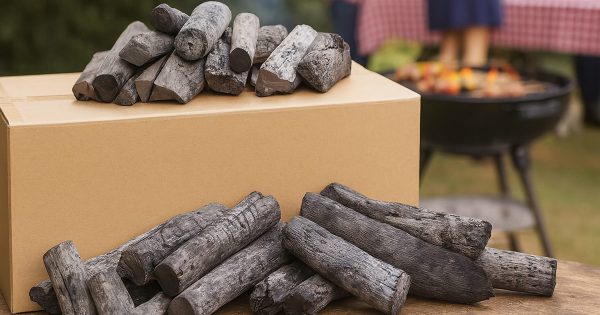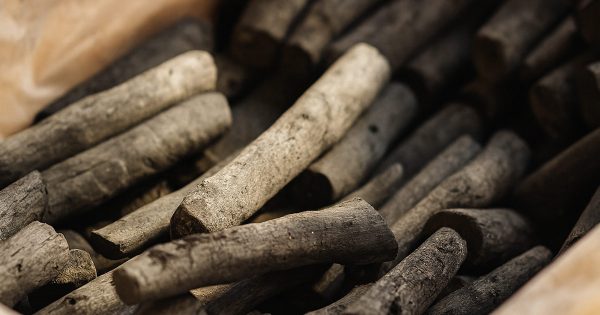TL Biomass Technology JSc., is a pioneering Vietnamese enterprise in the field of sustainable forestry and biomass energy. With a commitment to green growth, innovation, and international standards, TL Biomass provides eco-friendly fuel alternatives that contribute to carbon neutrality and energy efficiency worldwide.
Rice husk pellets are eco-friendly biofuels made by compressing rice husks—an agricultural byproduct from rice milling. With good energy value and low cost, they are widely used in industrial boilers and biomass power plants, especially in countries like Japan, South Korea, and Vietnam. Though they have higher ash content than wood pellets, they offer a sustainable solution for converting rice waste into clean energy.
Rice husk pellets TL Biomass
Rice husk pellets are cylindrical biofuel pellets made by compressing rice husks – the outer shell removed from rice grains during milling. These pellets are a renewable, eco-friendly fuel used in heating and power generation.
- Diameter: 6–10 mm
- Length: <25 mm
- Color: Light brown to gray
- Density: ~600–700 kg/m³
- Calorific Value: ~14–16 MJ/kg (~4.0–4.5 kWh/kg)
- Ash Content: 15–20% (higher than wood pellets)
Physical & Chemical Properties
| Property | Value (Typical) |
|---|---|
| Moisture | <10% |
| Ash Content | 15–20% |
| Energy Content | 14–16 MJ/kg |
| Bulk Density | 600–700 kg/m³ |
| Shape & Size | Cylindrical, 6–10 mm |
| Chlorine/Silica | Relatively high (affects boiler corrosion) |
How Are Rice Husk Pellets Made?
Production Process:
- Collecting rice husks from rice mills
- Drying to reduce moisture content (<10%)
- Grinding (optional, if not fine enough)
- Pelletizing using high-pressure machines
- Cooling & screening
- Packaging in bags or bulk (e.g., 15kg, 500kg, 1 ton)
No binders needed – lignin in husks acts as a natural adhesive under heat/pressure.
Rice husk pellets are less used in residential stoves due to higher ash and silica, but excellent in large-scale biomass energy plants designed for high-ash fuels.
